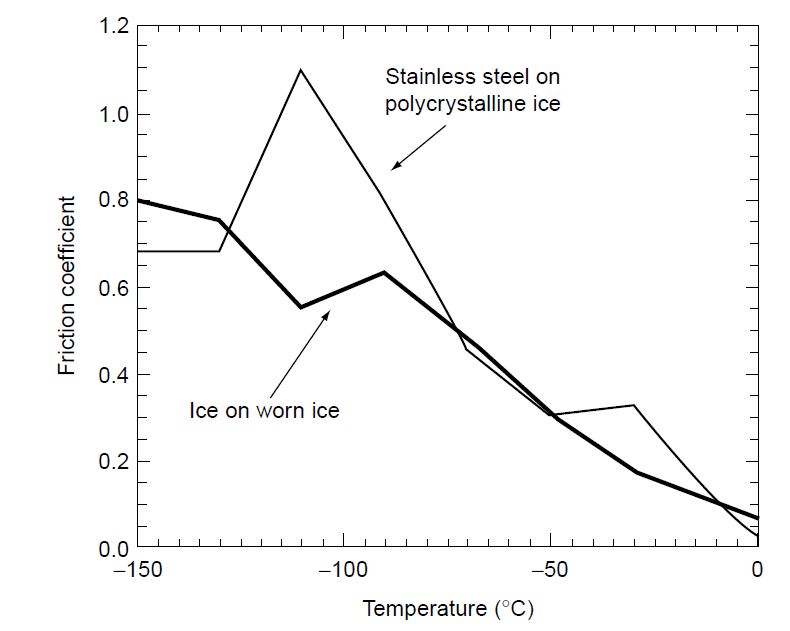A computer with internet connection a calculator the built in calculator of the computer may be used paper and pencil.
Coefficient of kinetic friction of sheet metal.
However it is possible to find tables in the literature for friction coefficients between various materials.
Dry friction is subdivided into static friction stiction between non moving surfaces and kinetic friction between moving.
N normal force between the surfaces n lb there are at least two types of friction forces.
Where f k is the force of kinetic friction μ k is the coefficient of sliding friction or kinetic friction and f n is the normal force equal to the object s weight if the problem involves a horizontal surface and no other vertical forces are acting i e f n mg where m is the object s mass and g is the acceleration due to gravity.
F f frictional force n lb.
The model 2810 005 coefficient of friction fixture is a testing fixture to measure the static and kinetic coefficient of friction of plastic film and sheet using the astm d 1894 standard.
For rubber on tarmac close to 1 0.
For glass on glass 0 4.
The coefficient of friction is the ratio of a force to a force and hence has no units.
The value of μ s is generally higher than the value of μ k for a given combination of materials.
The major items of the fixture include a 200 g square metal sled wrapped with a 1 8 in 3 2 mm thick foam pad and a rectangular shape metal table with a.
The friction coefficients considered below are for static friction cases where two solid surfaces in contact with each other are resisting relative lateral motion.
Dry friction is a force that opposes the relative lateral motion of two solid surfaces in contact.
The coefficient of kinetic friction.
It should be noted that there can be significant differences between static friction typically higher and kinetic sliding friction.
To determine the coefficient of kinetic friction between two selected surfaces by using a horizontal surface.
The frictional force can be expressed as.
Since friction is a force the unit of the.
The basic raw materials are coal iron ore limestone and various chemicals.
The coefficient of friction is defined as the ratio of force of friction to the.
Friction is the force resisting the relative motion of solid surfaces fluid layers and material elements sliding against each other.
Static friction is friction between two or more solid objects that are not moving relative to each other.
The two main frictions used are static friction and kinetic friction.
There are several types of friction.
The making of steel involves many processes and stages.
Coefficients of friction between materials are best determined through testing.
For example static friction can prevent an object from sliding down a sloped surface.
The coefficient of static friction typically denoted as μ s is usually higher than the coefficient of kinetic friction.
The coefficient of static friction for steel is around 0 6 0 15 and the coefficient of kinetic friction is around 0 09 0 6.
F f μ n 1.
Typical values for the coefficient of friction when sliding is occurring i e.
For polished oiled metal surfaces less than 0 1.
μ static μ s or kinetic μ k frictional coefficient.









